One of the most groundbreaking recent finds lay hidden in Honduras’ near-impenetrable La Moskitia rainforest for centuries. The Spanish conquistadors never found the mythical White City or its gold, but now satellite photos have revealed buried pyramids and plazas built by a pre-Colombian culture that vanished without trace. The team of archaeologists who discovered the site used a technique called lidar, which involves bouncing airborne lasers off the ground to create a 3D model of the surface and reveal any telltale features of human habitation.
In Cambodia, the scale of the colossal 9th-century Khmer Empire site of Mahendraparvata, which predates Angkor Wat by 350 years, was also revealed with the help of lidar. Made up of several densely populated areas with massive temples – now just piles of stones – a complex network of roads linked it to the Angkor cities more than 100 kilometres away.
Not all lost cities are above ground. Heracleion was Egypt’s main port before it sank into the Mediterranean and disappeared for around 1,200 years. Rediscovered by chance in 2000, some of the enormous statues, jewellery and coins found scattered across the seabed have finally been brought to the surface.
While many lost cities are off-limits for travellers, there are some you can visit to indulge your inner Indy.
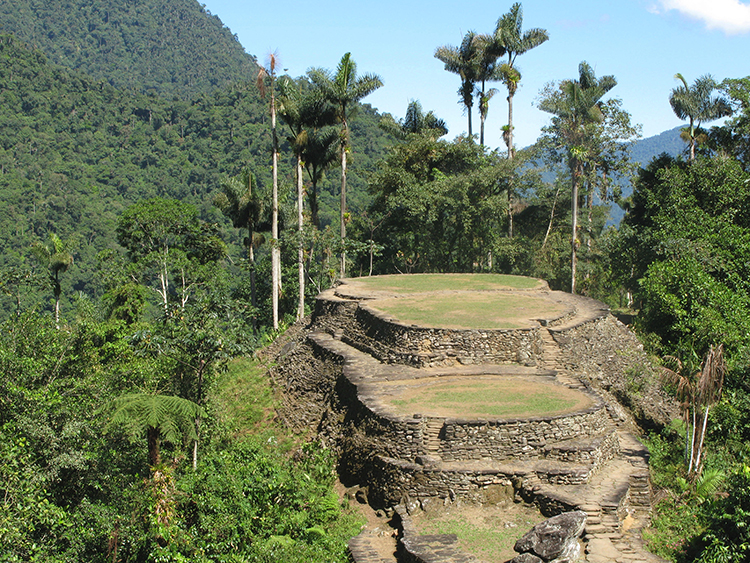
Getting to Ciudad Perdida – ‘Lost City’ in Spanish – in the steamy rainforest of the Sierra Nevada de Santa Marta mountains is part of the adventure: scrambling up steep slopes, along slippery trails and wading through rivers. Built by the Tayrona Indians between AD 500 and 700, they abandoned it to the jungle during the Spanish conquest. Treasure hunters rediscovered it in the early 1970s and took everything they could carry, but the citadel remains as impressive as it is remote.
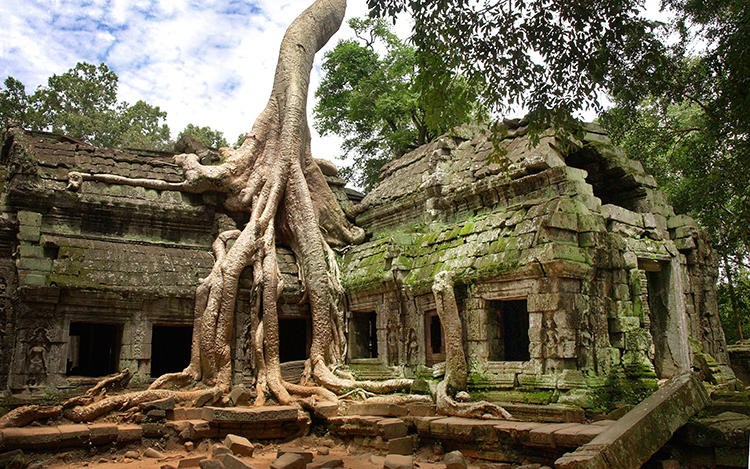
Stumbled across by French explorer Henri Mouhot around 150 years ago, Angkor showcases the architecture of the Khmer Empire, from the 9th to the 15th century. Within the vast complex is a multitude of dazzling temples, including Angkor Wat, the colossal stone heads of the Bayon at Angkor Thom and crumbling Ta Prohm, made famous by Tomb Raider. It’s worth exploring further afield – perhaps the jungle-cloaked Beng Mealea – to avoid the tour groups.
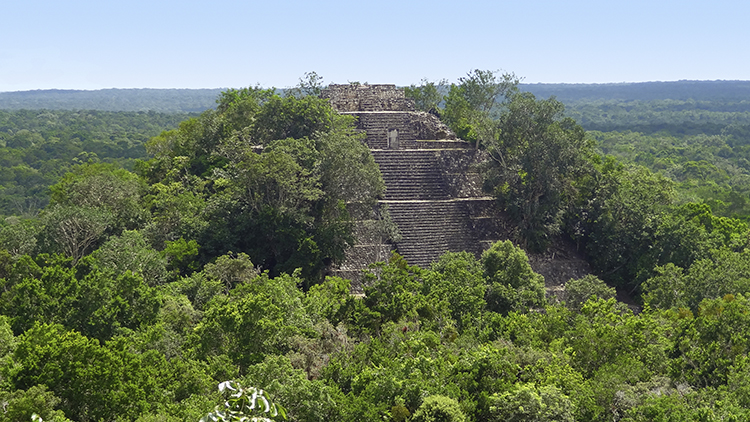
You’re more likely to hear the chatter of monkeys than fellow visitors at Calakmul. Hidden in the jungle of Campeche, its vertigo-inducing pyramids – many still swathed in vegetation – are the tallest in Mexico. One of the more prosperous Maya cities, it was in competition with its great rival, Tikal, across the border in Guatemala. Archaeologists are currently working to preserve brightly coloured frescos depicting Mayan daily life, concealed for centuries under multiple pyramids.
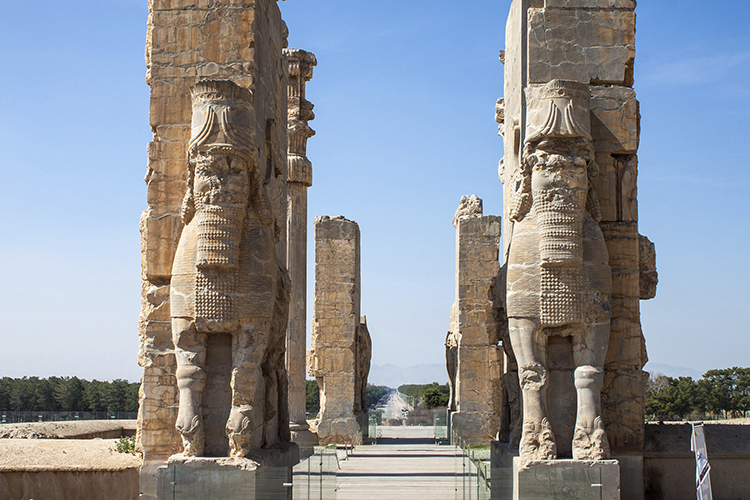
Founded in 518 BC, Persepolis was the ceremonial capital of the Persian Empire and took a century to build, its towering pillars, glittering gold and monumental walls adorned with intricate friezes demonstrating its staggering wealth. In 331 BC, Alexander the Great razed it to the ground in revenge for the burning of the Acropolis of Athens and it wasn’t excavated until the 1930s. Only columns, stairways and doorways of the great palaces remain, but this glimpse of its former glory is still spectacular.
How to get there: Bus, taxi or tour from Shiraz.
USP: The sheer scale of the monumental ruins make it unique.
Indy rating: 5/10
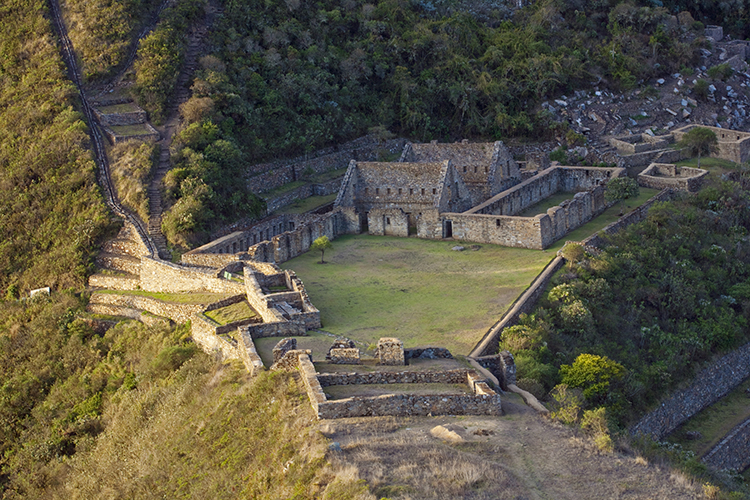
Machu Picchu may draw the crowds (up to 2,500 visitors a day) but just 44 kilometres away Choquequirao – ‘cradle of gold’ in Quechua – is equally atmospheric and you’ll have it almost to yourself. Topa Inca Yupanqui, the son of empire builder Pachacuti, built the mountaintop city at some point in the 15th century as a ceremonial site and refuge for Incan royalty. With more time, you can combine it with a visit to even more out-of-the-way sites, such as Hurincancha, Capullyoc and Casa de Cascada.
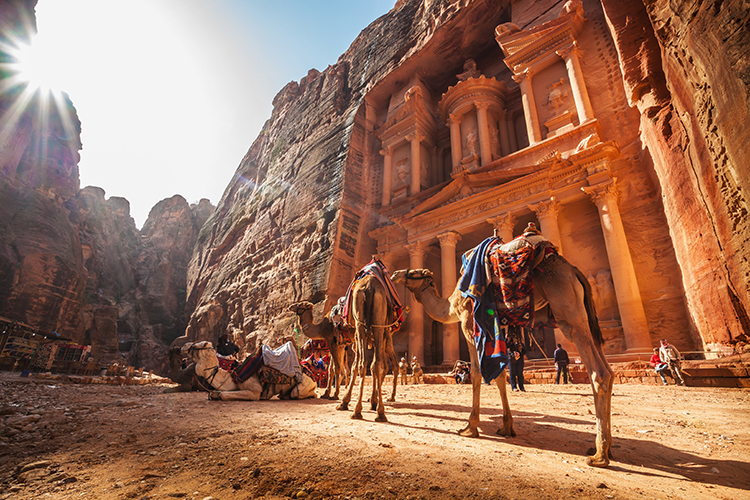
Rose-red Petra was once the capital of the ancient Nabataean kingdom. At the crossroads of east and west, the desert city flourished as a trading centre until an earthquake in the 6th century destroyed its vital water system. It lay abandoned for centuries before being officially rediscovered by the Swiss explorer Johann Burckhardt in 1812. Arriving via the Siq – a long, narrow gorge – is stunning, and as well as the treasury (which features in Indiana Jones and the Last Crusade) there are tombs, a monastery and a sacrificial altar to discover.
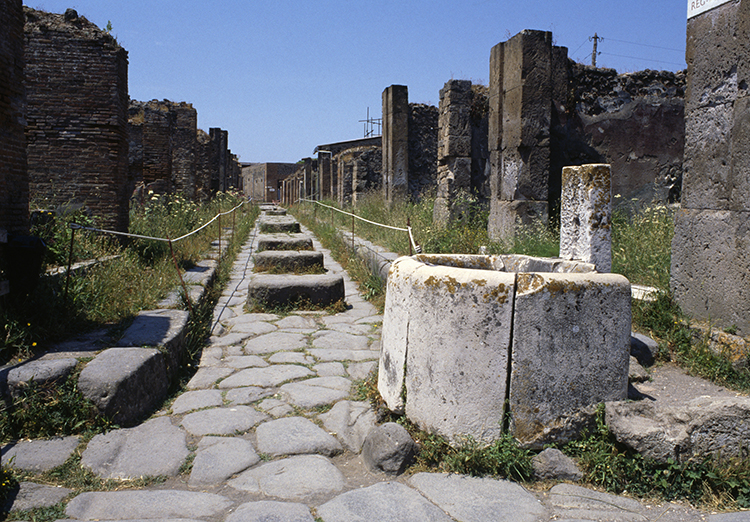
When Mount Vesuvius blew its top In AD 79, it buried Pompeii in a thick layer of red-hot volcanic ash and stone, instantly killing over 1,000 people. The once booming Roman town was forgotten until 1,800 years later, when archaeologists began to excavate. What they unearthed from beneath the ash were almost perfectly preserved buildings – including the House of the Vetti, the home of a wealthy merchant – frescoes, artefacts and the shapes of the victims, complete with terrified expressions, forever frozen in time.